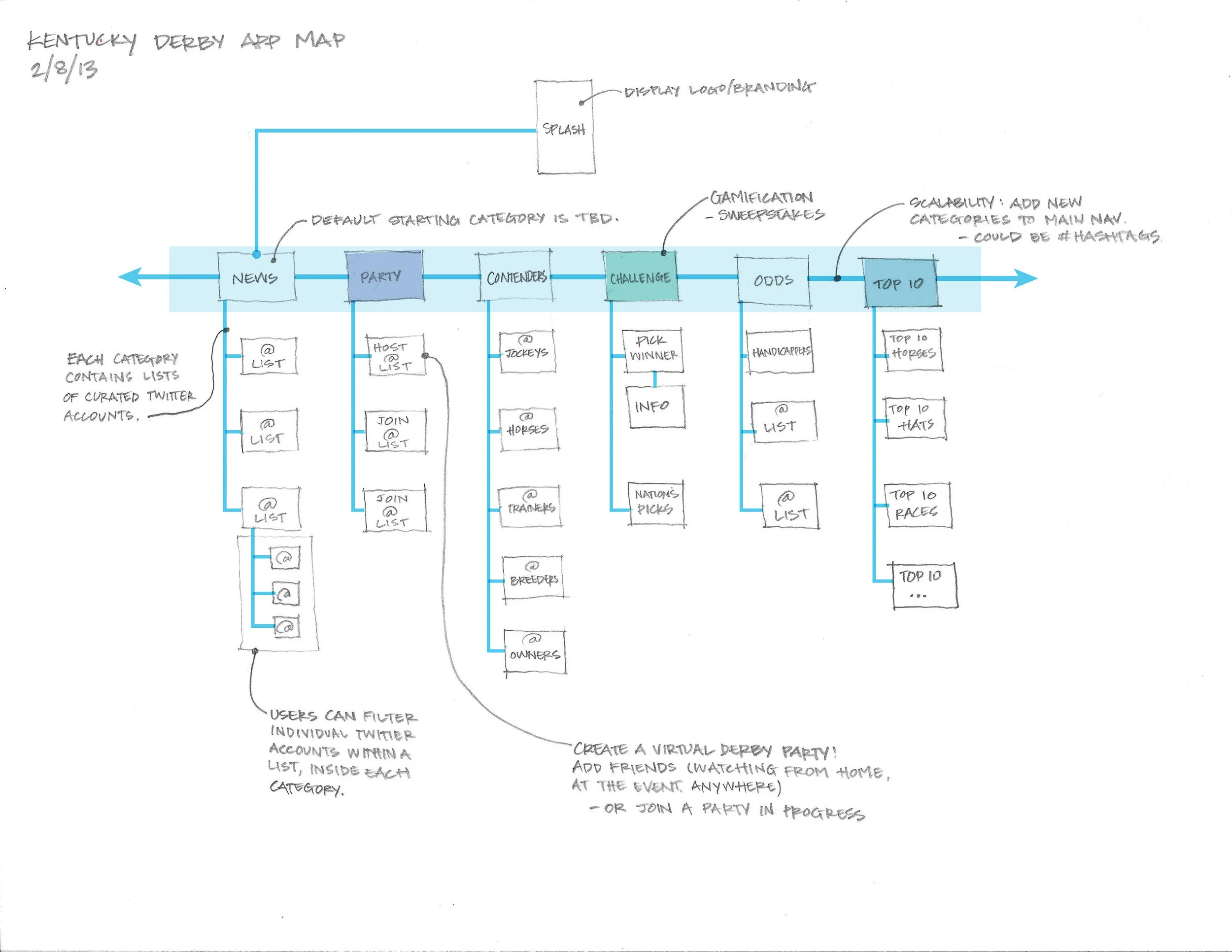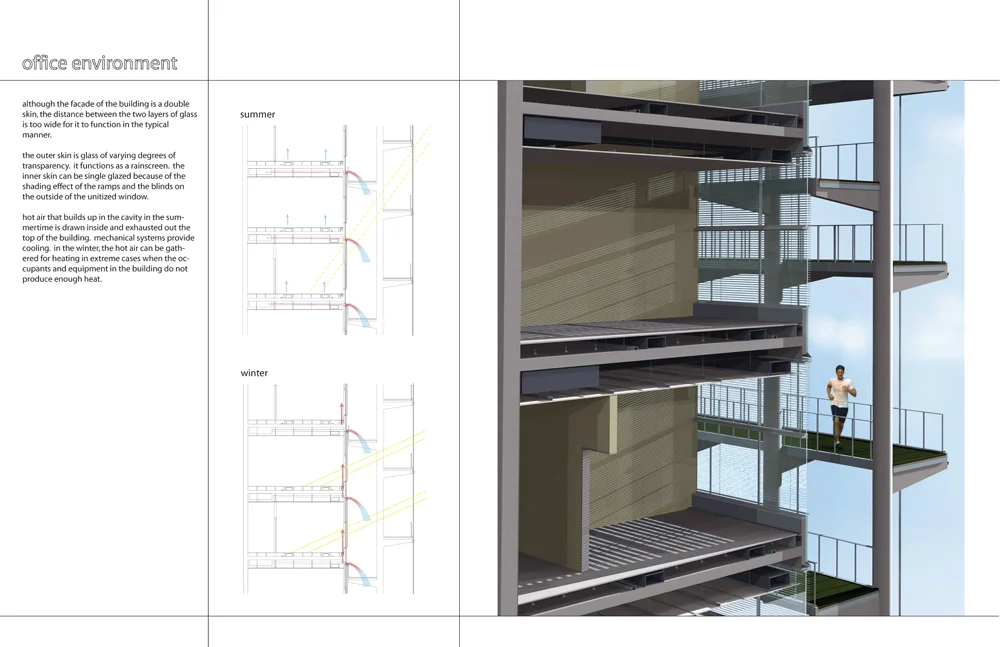From the beginning of our involvement with Earth Day Dallas in 2011, I was interested in designing and constructing a booth for the local chapter of the AIA's Committee on the Environment to operate, rather than rent a standard tent.
The impulse was rooted in a long tradition of temporary architectural pavilions constructed at large events such as the World’s Fair, typically used to demonstrate new technology, imagine possibilities for the future, and function as landmarks.
Over the course of Earth Day Dallas, attendees were invited to fill the structure with their plastic water bottles; after the event the H2O Hive was exhibited at the Dallas Center for Architecture. When the exhibition ended, we recycled or repurposed most of the project.
The design for the structure, H2O Hive, was inspired by the shape of honeycombs, in which bees store their most valuable resource: honey. We built the modular, hexagon-shaped cells that form the structure of the H2O Hive with donated construction-grade as well as reclaimed plywood, assembling the structure in pieces and delivering them to Flora Street for installation at the event.
As cells filled with water bottles, volunteer worker bees pulled the bottles from the structure and recycled them, emptying the cells so that they could be filled again.
The distinctive appearance of the H2O Hive encouraged interaction, and the idea that plastic bottles do not belong in landfill seemed to resonate with the people who attended Earth Day Dallas.
Credits
H2O Hive was designed and built by Alli Dryer, Todd Burtis, Nicholas McWhirter, Laura Foster, Thom Powell, Steve Smith, Steve Shipp, and Jared Eder.




































































































































































































































